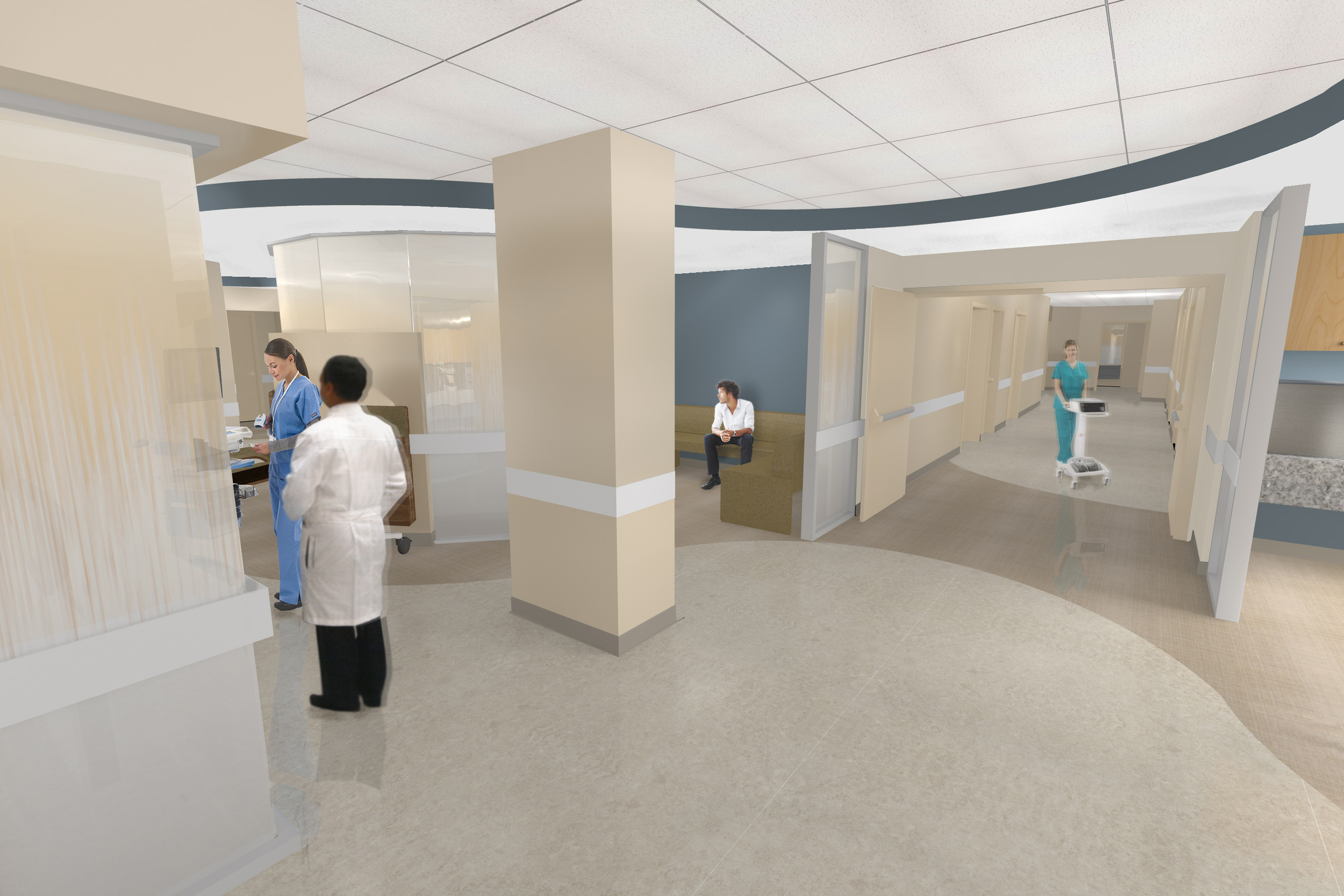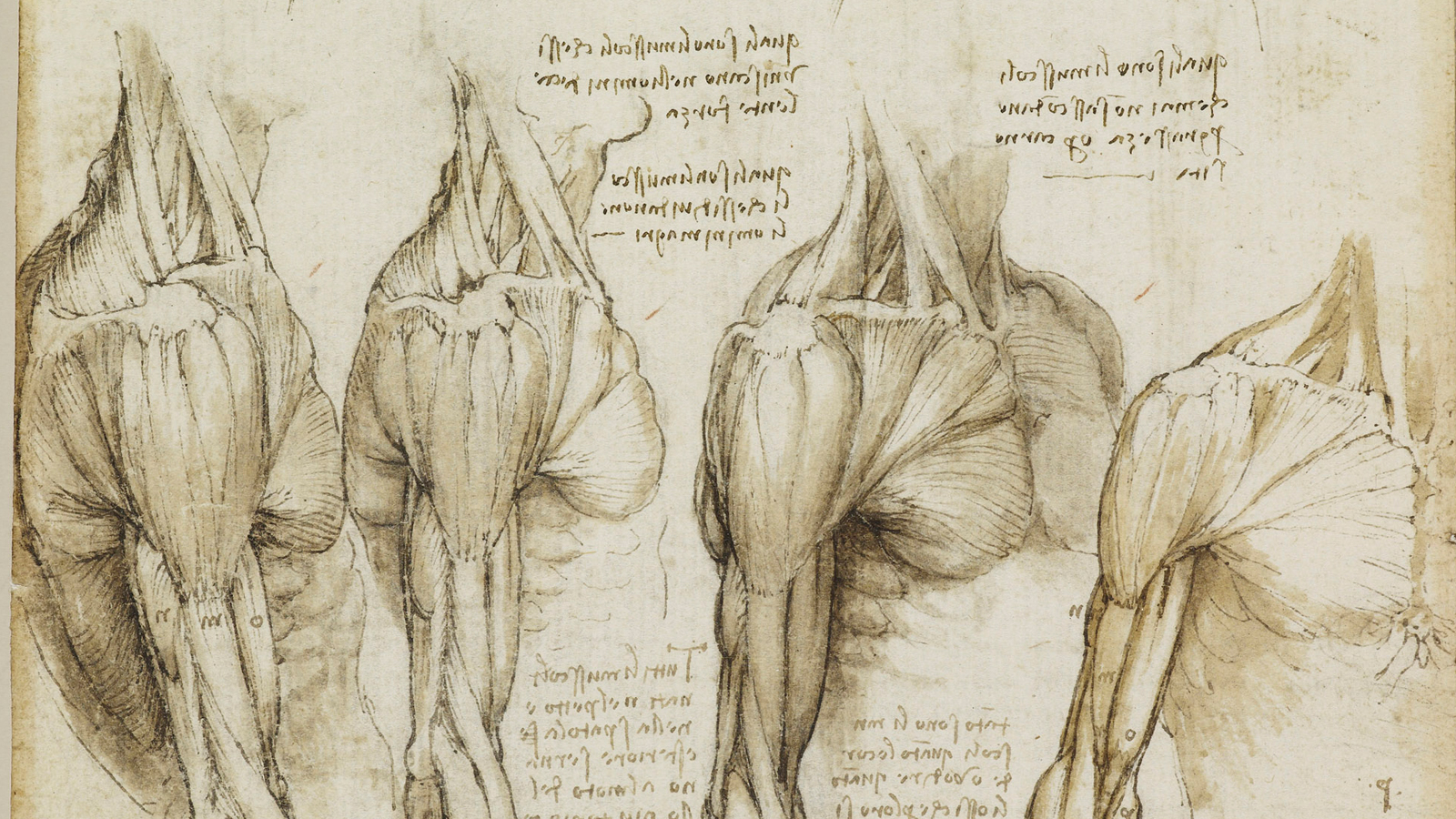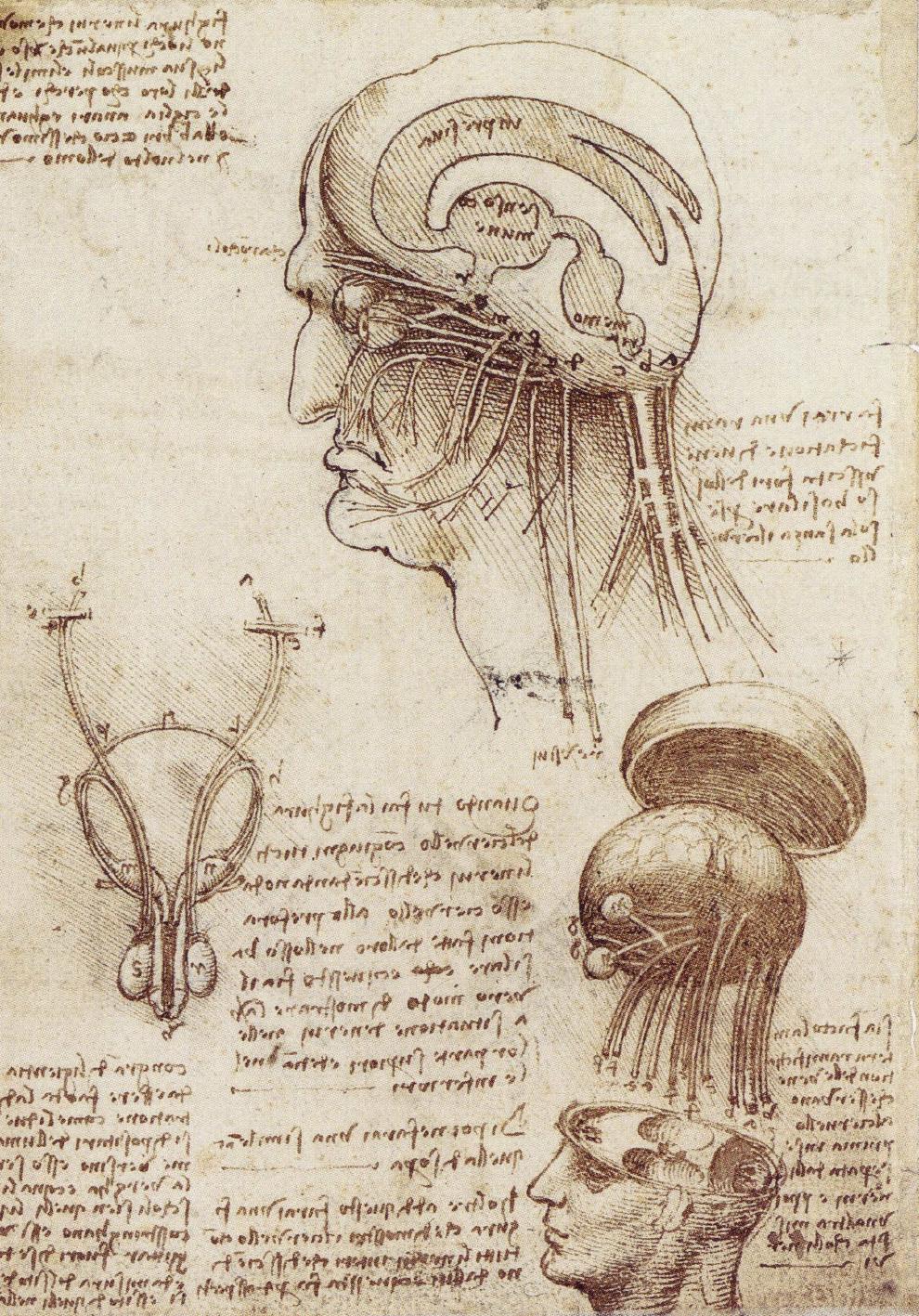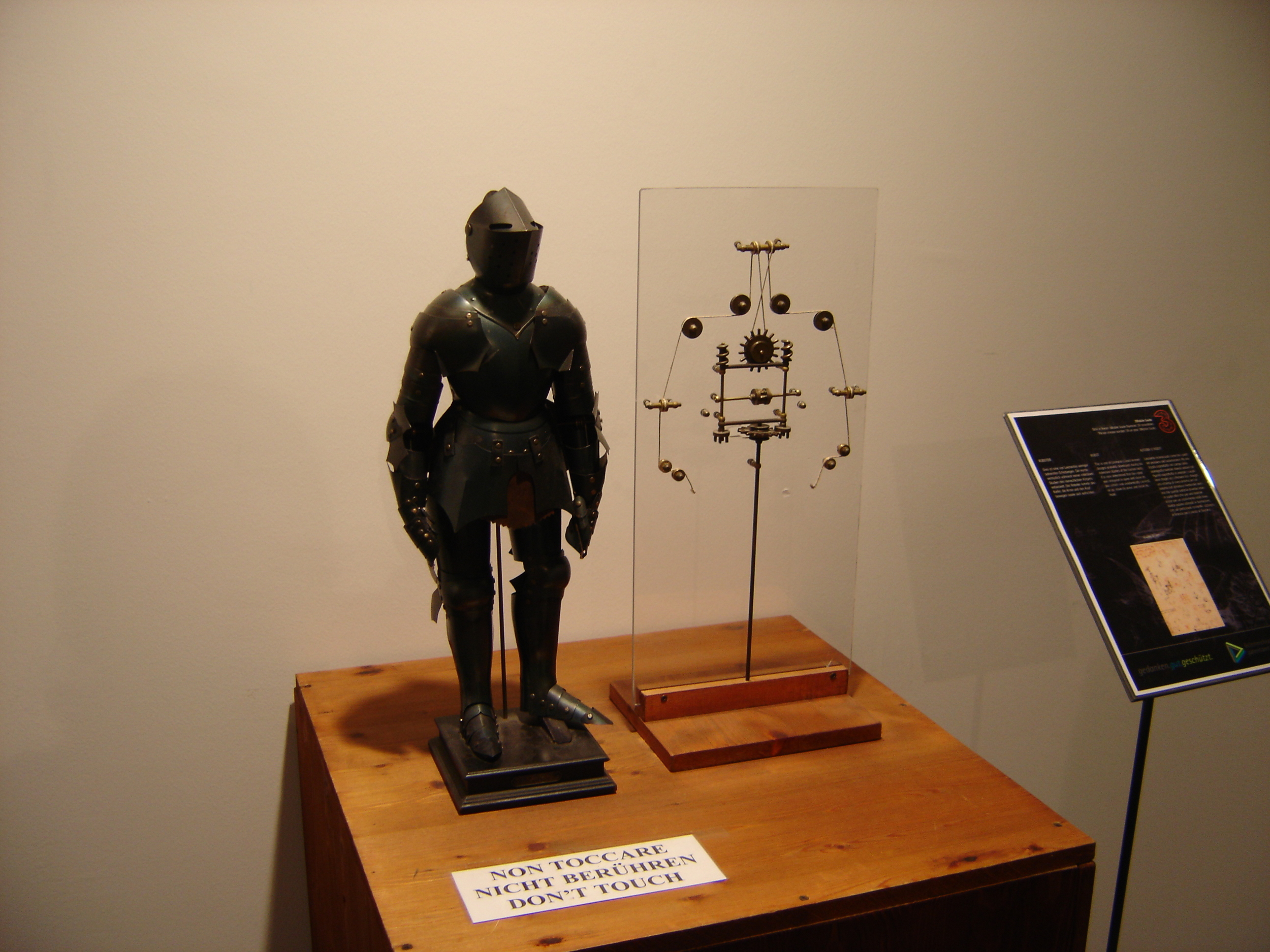PDS was recently faced with an exciting challenge: Convert a 30-year-old nursing unit into an efficient / felxible space, prepared to adapt to the next 30 years of healthcare advancement. Looking back and looking forward, we find ourselves in a unique place in time. Behind we see nursing units structured around large bulky stations, crafted to address the needs of the paper chart world. The present, we find ourselves surrounded by constant advances in the delivery of data. Data is everywhere. We access it on our watches, phones, tablets, laptops and occasionally a desk top computer. The future, we anticipate will further the human mobility of navigating in a world of data; It will be everywhere. The Cloud will be an ether in which we live, we will be surrounded by data and we believe devices will eventually become integrated into everything we do, who we are, what we are, our spaces, our environments, our clothing, our accessories. All to facilitate access to our data.
So how do we create a nursing unit that will address the current needs of large mobile computing carts and residual paper as our society transitions to the ether? How do we create a flexible environment that will embrace the movement to a mobile society that is fluid in its access to data? How do we understand mobility, stations, visual fields, and layering of space to create flexible environments?
We have begun our study by breaking down the unit through a cohesive study of the human gate and how the users of the space might actually occupy it. How do we move through space, how do we embrace the fluid needs of mobile access to data? How do we create space where there is none? We see deconstruction of the past as a solution to creating space for the future. Removing barriers that are impediments to our being able to embrace mobility and access to data, each other and the patient. Removing barriers to find space where there was none, to accommodate family members in calming, collective space that supports their needs.
Below you will find our early studies that focus on natural circulation and usage of the residual "negative space" that occurs through deconstruction. Woven through this space are the path of patients, visitors, nurses and physicians. Within the deconstruction, we aim to find the solution to the future, mobility and access to data. Ultimately, we believe this will free us to finally realize the true benefits of technology which will allow nursing to function in a fluid space facilitating patient care and interaction with all involved in the healing process.















